Sustainability, art and German farmhouse architecture meet at Gutshof Güldenhof
Germany's Gutshof Güldenhof is a farming complex transformed into a hub for arts, sustainability and social life, courtesy of Heim Balp Architekten and artist Danh Vo
Francesca Iovene - Photography
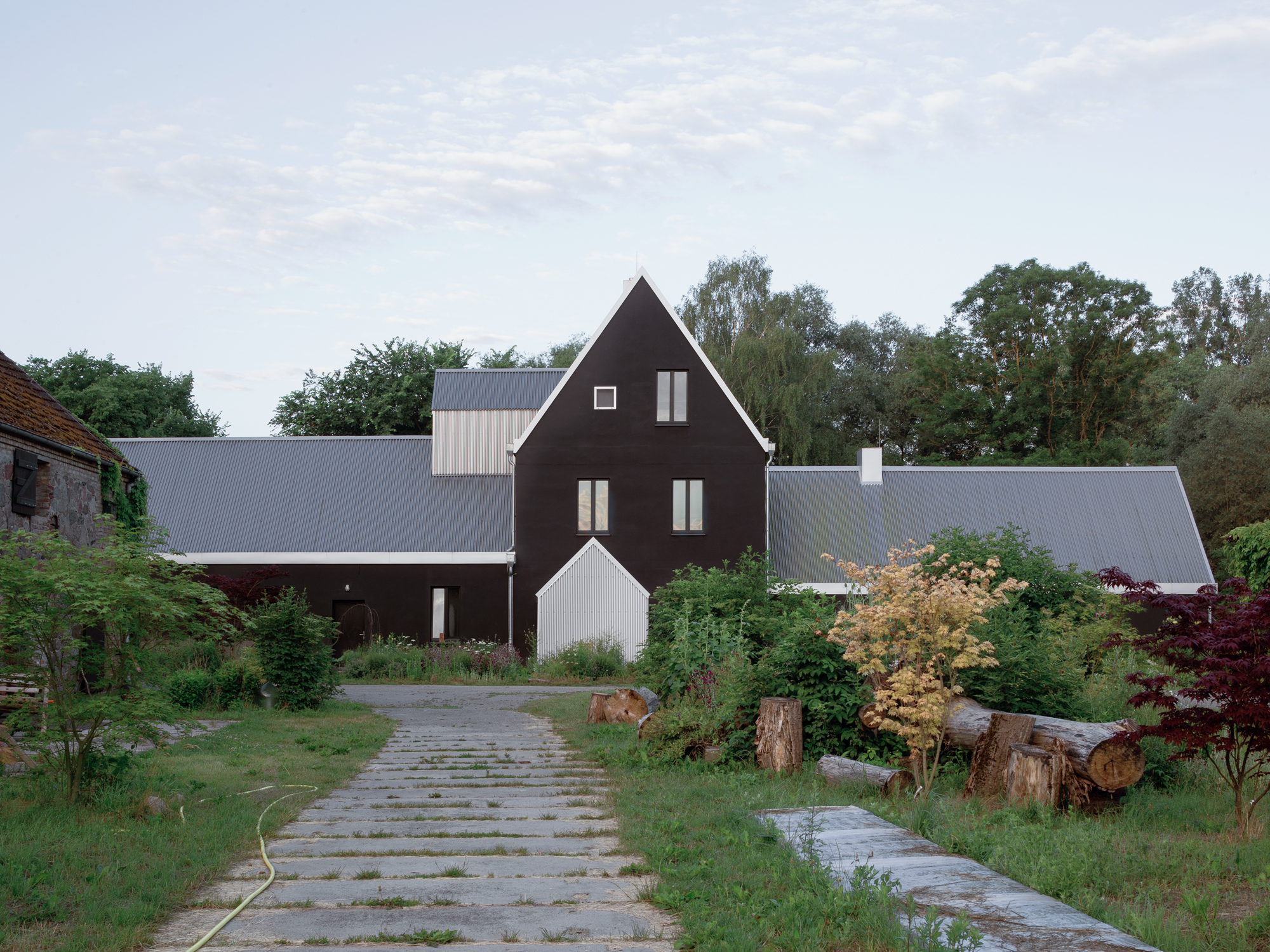
The 18th-century Gutshof Güldenhof farming complex in Stechlin, Germany, has been transformed into a 21st-century art complex by architecture studio Heim Balp Architekten. The project, a sensitive restoration, extension and overall refresh of a family of buildings, a former German farmhouse, was commissioned by the owner, conceptual artist Danh Vo, who collaborated with Berlin-based Michael Heim, Pietro Balp and their team on the overall redesign and feel.
The social element was central to developing the right design solution in this reimagining of the abandoned complex. The client was keen to have not only a ‘thriving and active centre for art', but he was also passionate about this being an example of sustainable living and social interaction. As a result, the design incorporates a selection of multifunctional areas, as well as residential, cultural, and work facilities.

Now, the campus, approximately 5,000 sq m, includes art spaces, such as an art studio; exhibition and art storage spaces; and metal, ceramic, and wood workshops. Much of the existing building fabric was retained, maintaining the complex's feel and patina, and additional areas were created using materials that felt appropriate to the overall textures and colours – for example, corrugated metal and plywood.
A mixed use, three-storey building sits at the centre of the campus. Inside is a mix of spaces that serve the social life of the venue – with a kitchen at its heart – and expressions of Vo's work, things that inspire him and his narratives. ‘The many objects, plants, rugs that fill the room are a conscious form of storytelling,’ the architects explain. The West Barn and the East Barn, a further two separate structures within the estate, provide room for auxiliary spaces, such as storage and archives, for both art and raw material for the workshops. Meanwhile, the North Stables provide a base for the sustainable farming and gardening taking place here.
Art, functionality and nature sit next to each other at Gutshof Güldenhof. The architects say: ‘For the interior as for the exterior, the architecture of the complex, a collage of spaces moulded by the artist, becomes the backdrop for the production and display of art.’
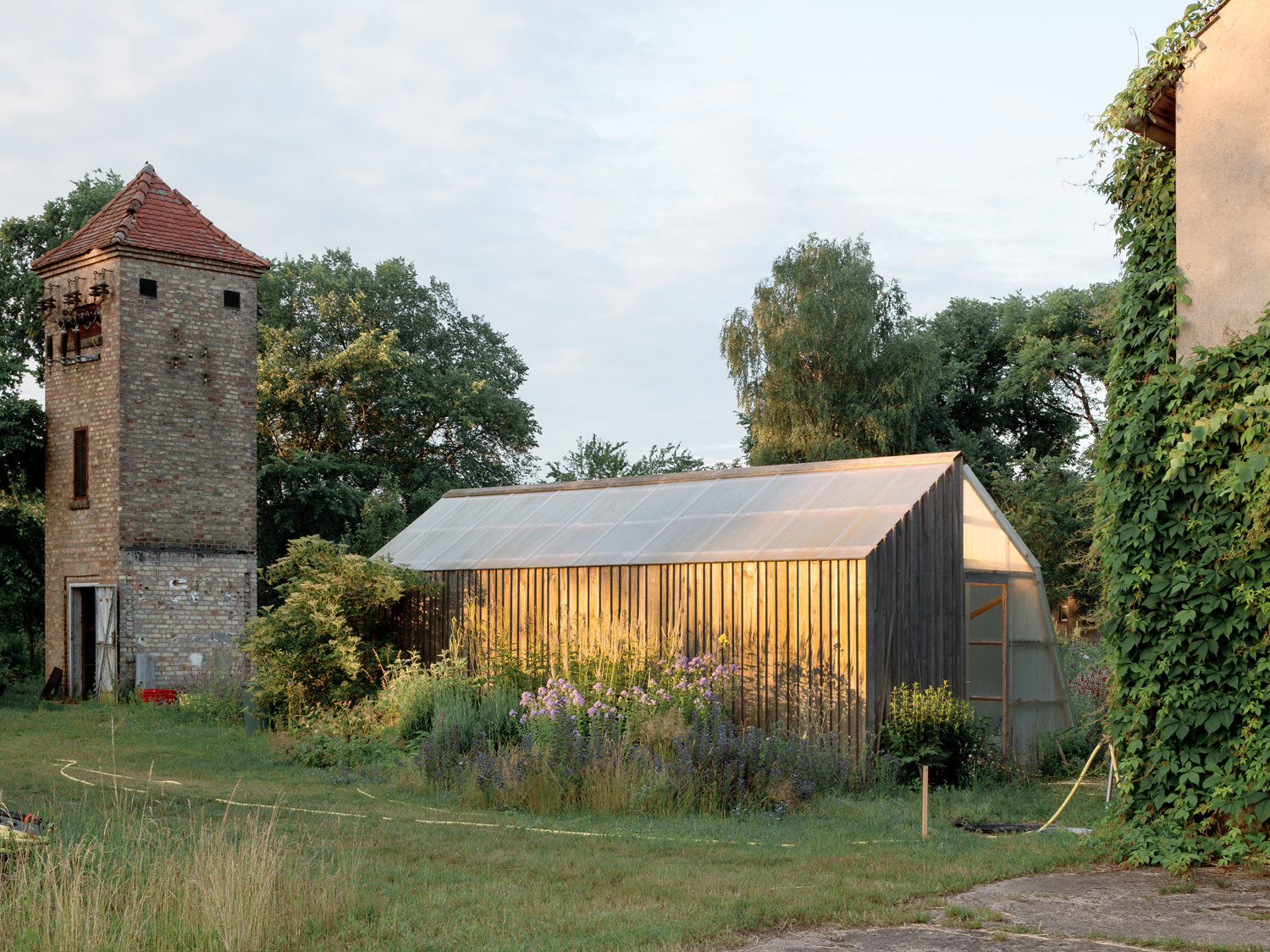
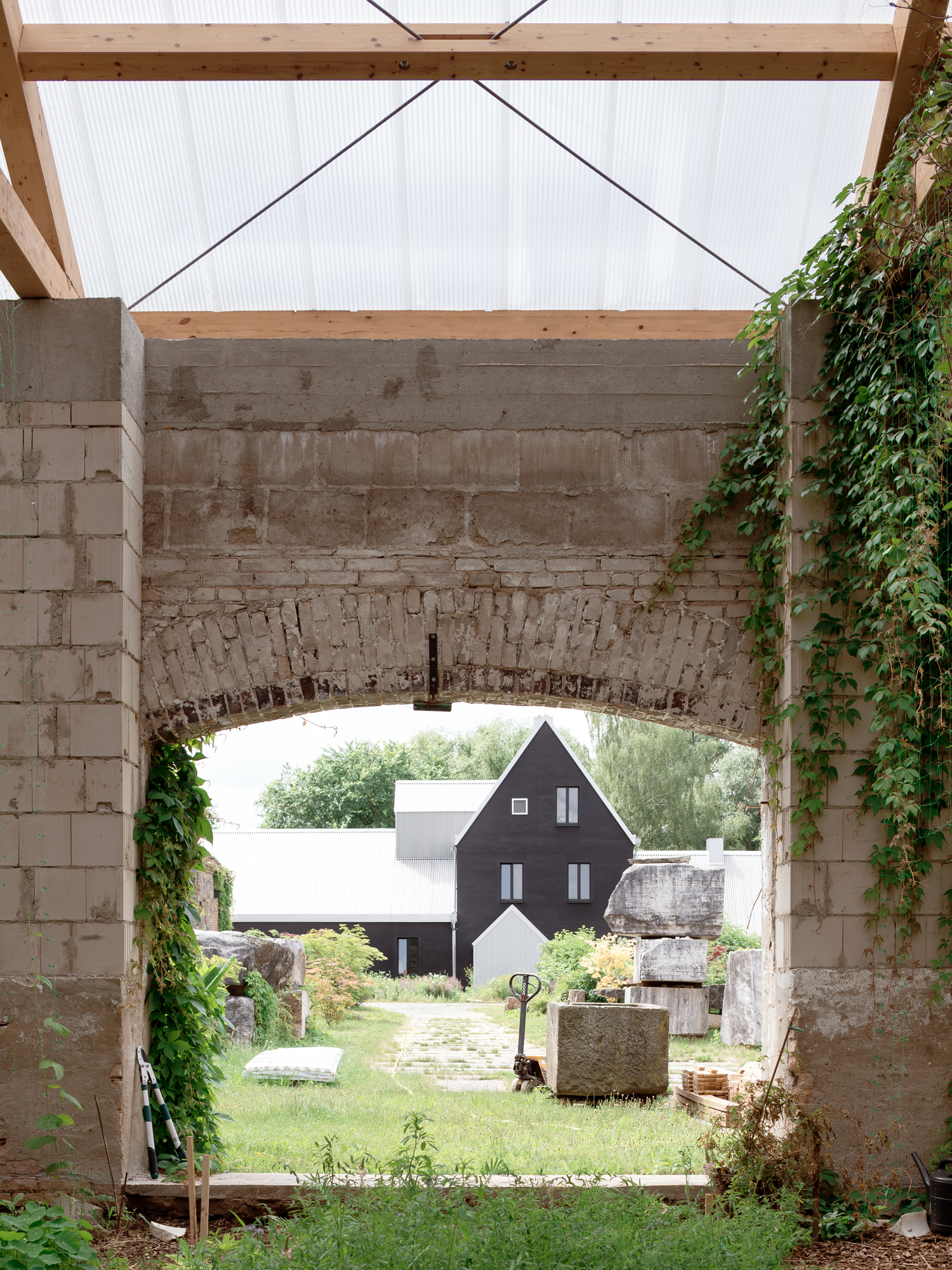
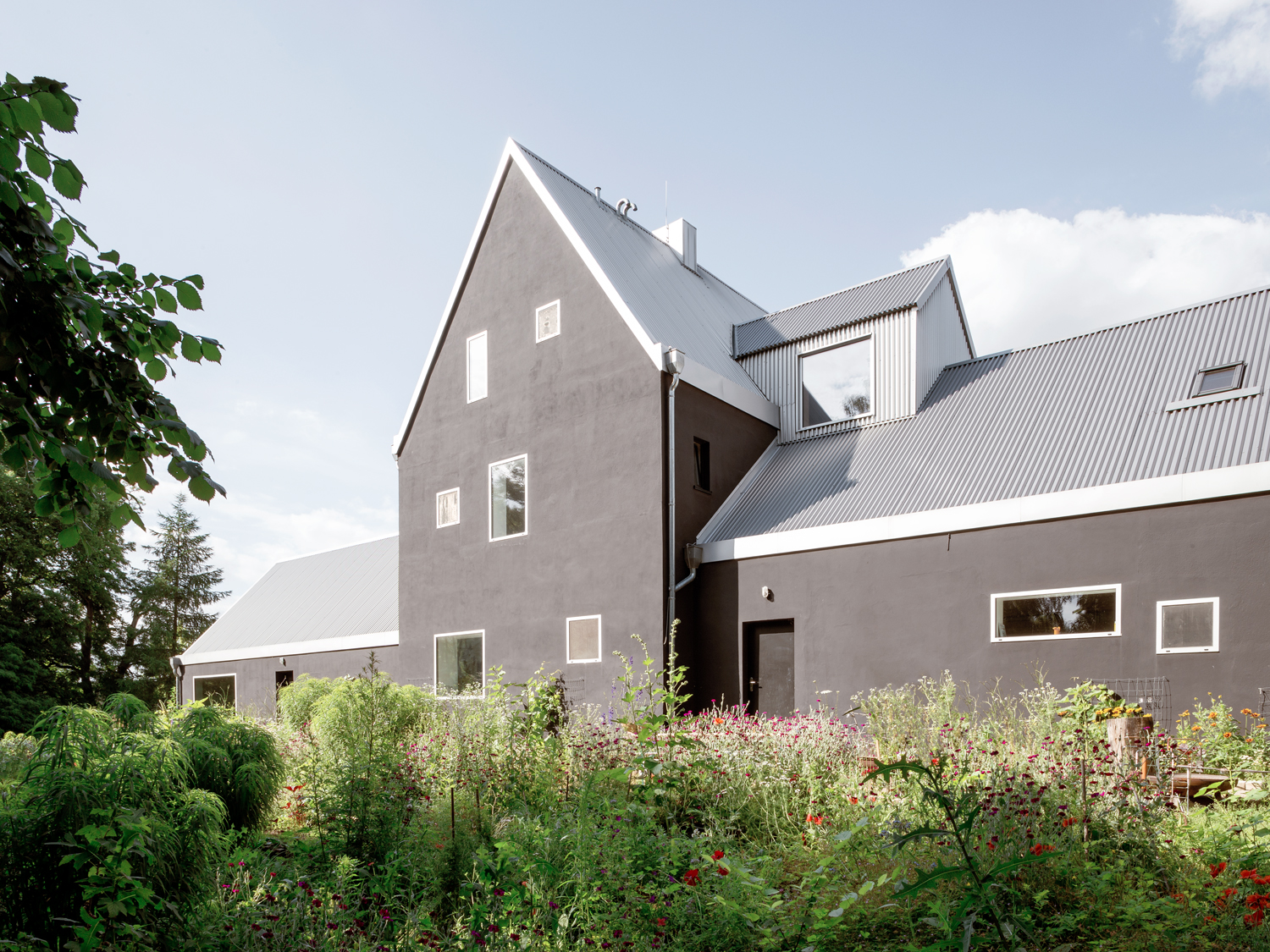

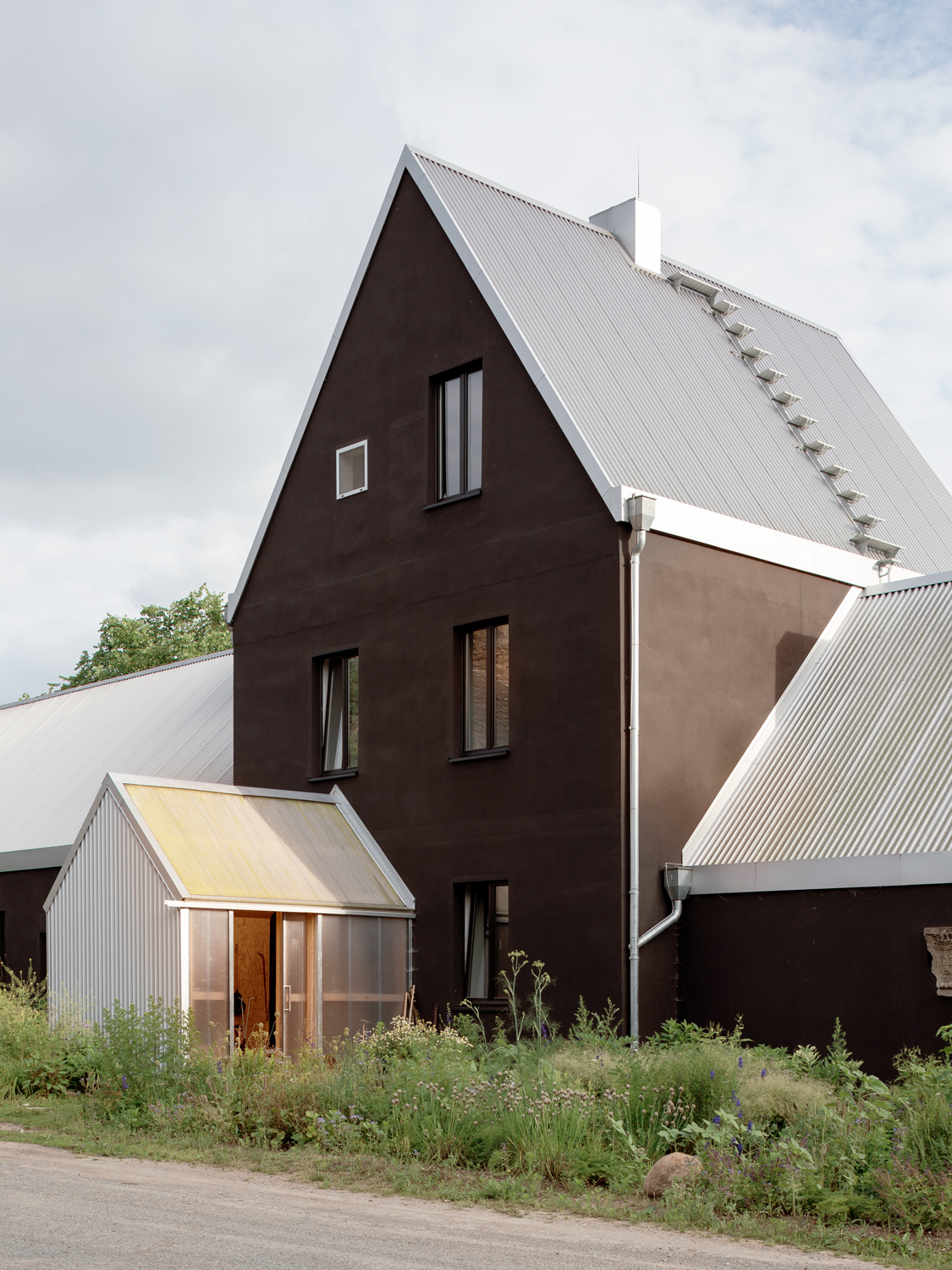



INFORMATION
Receive our daily digest of inspiration, escapism and design stories from around the world direct to your inbox.
Ellie Stathaki is the Architecture & Environment Director at Wallpaper*. She trained as an architect at the Aristotle University of Thessaloniki in Greece and studied architectural history at the Bartlett in London. Now an established journalist, she has been a member of the Wallpaper* team since 2006, visiting buildings across the globe and interviewing leading architects such as Tadao Ando and Rem Koolhaas. Ellie has also taken part in judging panels, moderated events, curated shows and contributed in books, such as The Contemporary House (Thames & Hudson, 2018), Glenn Sestig Architecture Diary (2020) and House London (2022).
-
 12 fashion figures reveal their style resolutions for the year ahead
12 fashion figures reveal their style resolutions for the year aheadAs 2025 comes to a close, we ask the Wallpaper* style community – from Willy Chavarria and Stefan Cooke to Craig Green and Torishéju Dumi – their New Year's resolutions
-
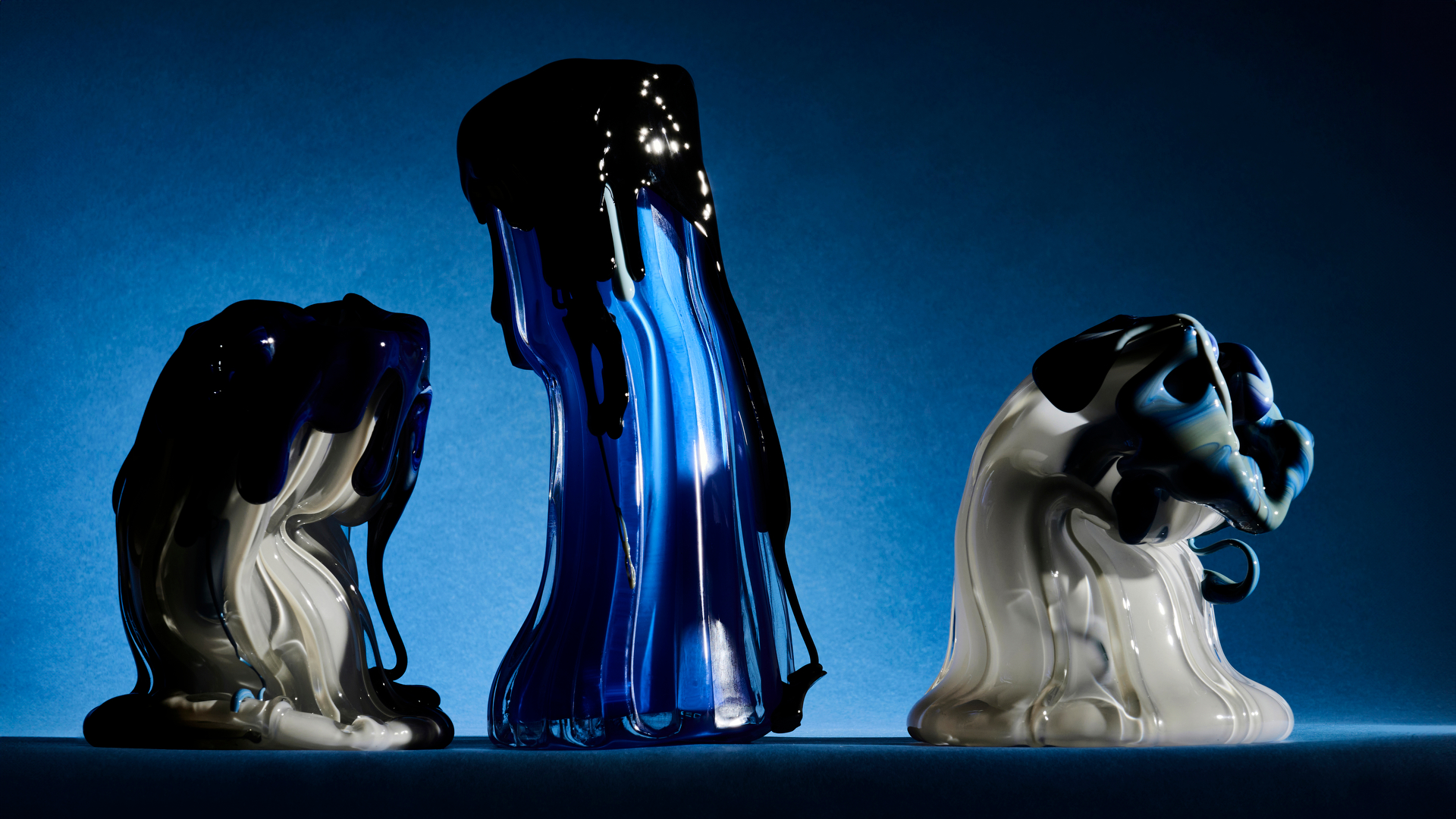 Glass designer Silje Lindrup finds inspiration in the material's unpredictability
Glass designer Silje Lindrup finds inspiration in the material's unpredictabilityWallpaper* Future Icons: Danish glassmaker Silje Lindrup lets the material be in charge, creating a body of work that exists between utility and experimentation
-
 Top 10 architecture moments of 2025
Top 10 architecture moments of 2025Architecture & environment director Ellie Stathaki picks the top 10 architecture moments of 2025, to recount, remember and reassess
-
 Doshi Retreat at the Vitra Campus is both a ‘first’ and a ‘last’ for the great Balkrishna Doshi
Doshi Retreat at the Vitra Campus is both a ‘first’ and a ‘last’ for the great Balkrishna DoshiDoshi Retreat opens at the Vitra campus, honouring the Indian modernist’s enduring legacy and joining the Swiss design company’s existing, fascinating collection of pavilions, displays and gardens
-
 A new book delves into Frei Otto’s obsession with creating ultra-light architecture
A new book delves into Frei Otto’s obsession with creating ultra-light architecture‘Frei Otto: Building with Nature’ traces the life and work of the German architect and engineer, a pioneer of high-tech design and organic structures
-
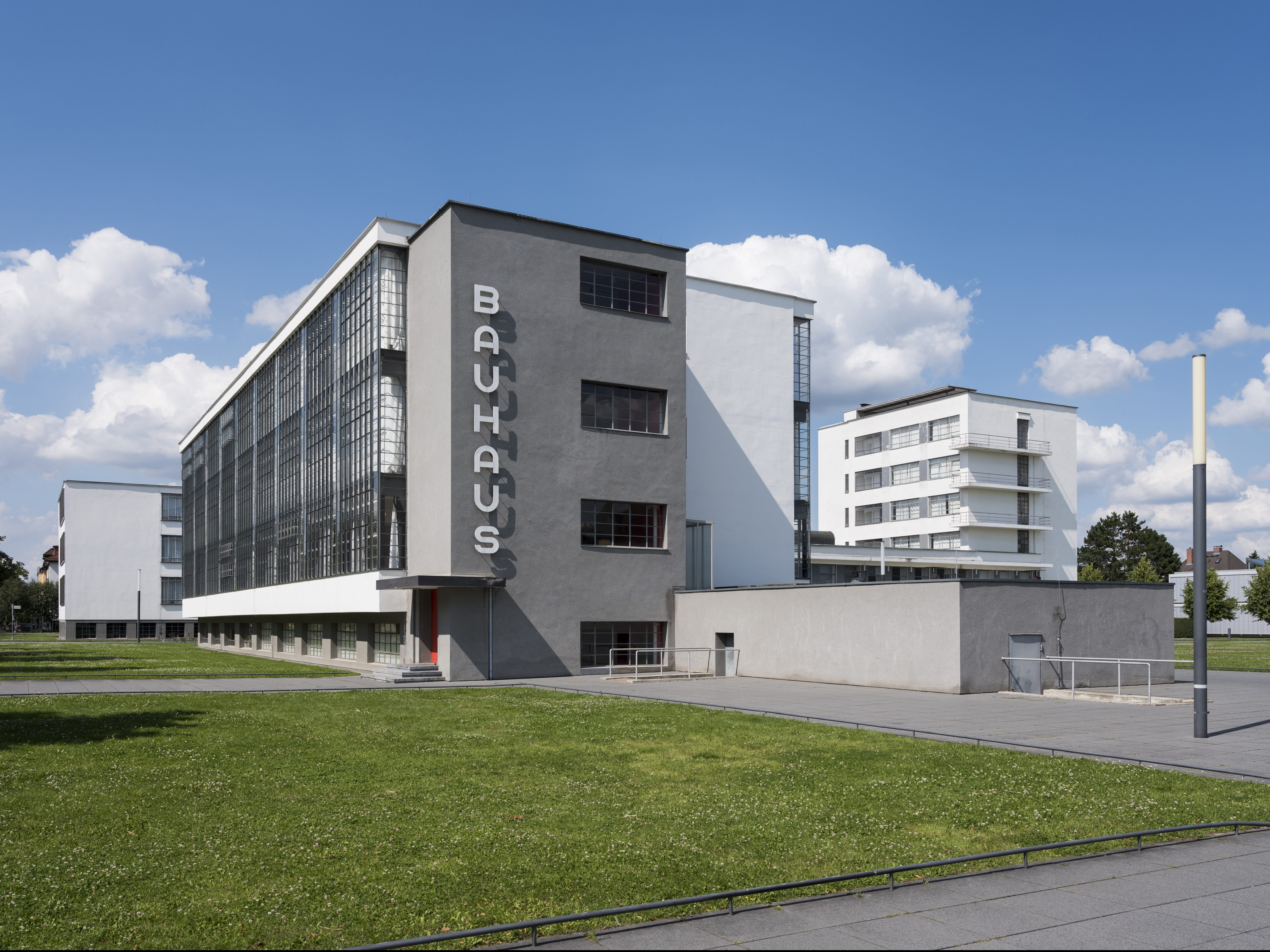 What is Bauhaus? The 20th-century movement that defined what modern should look like
What is Bauhaus? The 20th-century movement that defined what modern should look likeWe explore Bauhaus and the 20th century architecture movement's strands, influence and different design expressions; welcome to our ultimate guide in honour of the genre's 100th anniversary this year
-
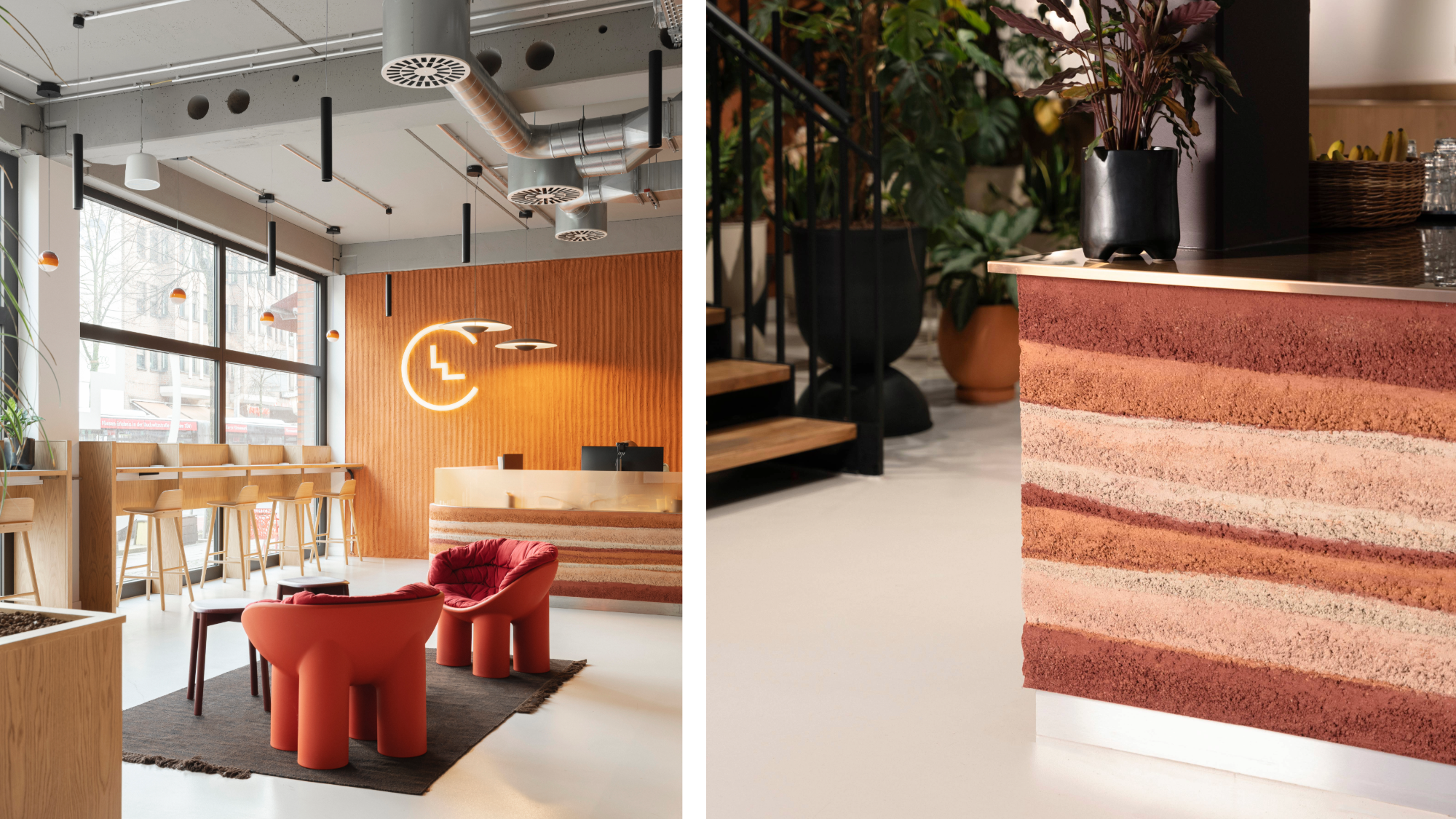 Step inside Clockwise Bremen, a new co-working space in Germany that ripples with geological nods
Step inside Clockwise Bremen, a new co-working space in Germany that ripples with geological nodsClockwise Bremen, a new co-working space by London studio SODA in north-west Germany, is inspired by the region’s sand dunes
-
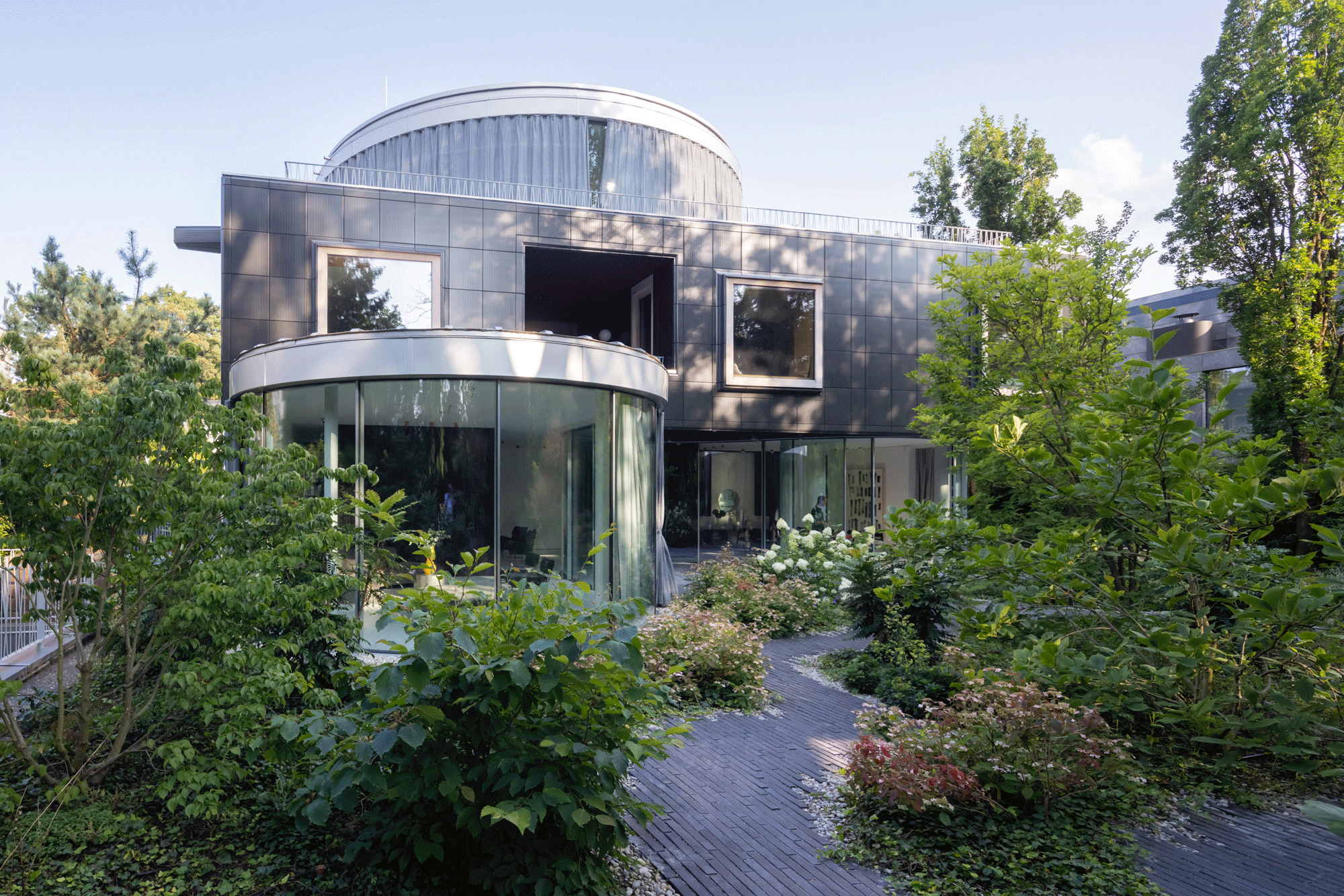 Join our world tour of contemporary homes across five continents
Join our world tour of contemporary homes across five continentsWe take a world tour of contemporary homes, exploring case studies of how we live; we make five stops across five continents
-
 A weird and wonderful timber dwelling in Germany challenges the norm
A weird and wonderful timber dwelling in Germany challenges the normHaus Anton II by Manfred Lux and Antxon Cánovas is a radical timber dwelling in Germany, putting wood architecture and DIY construction at its heart
-
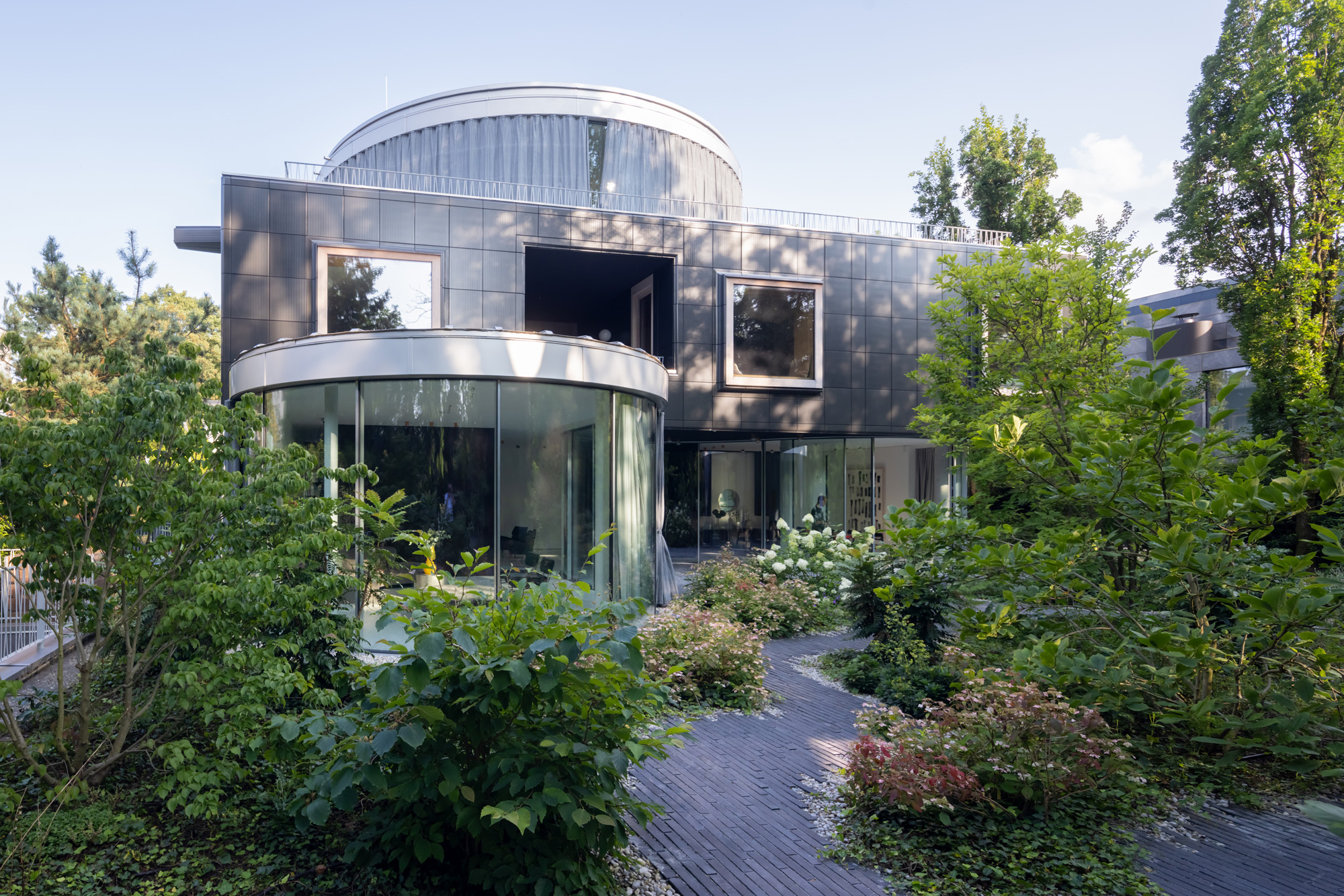 A Munich villa blurs the lines between architecture, art and nature
A Munich villa blurs the lines between architecture, art and natureManuel Herz’s boundary-dissolving Munich villa blurs the lines between architecture, art and nature while challenging its very typology
-
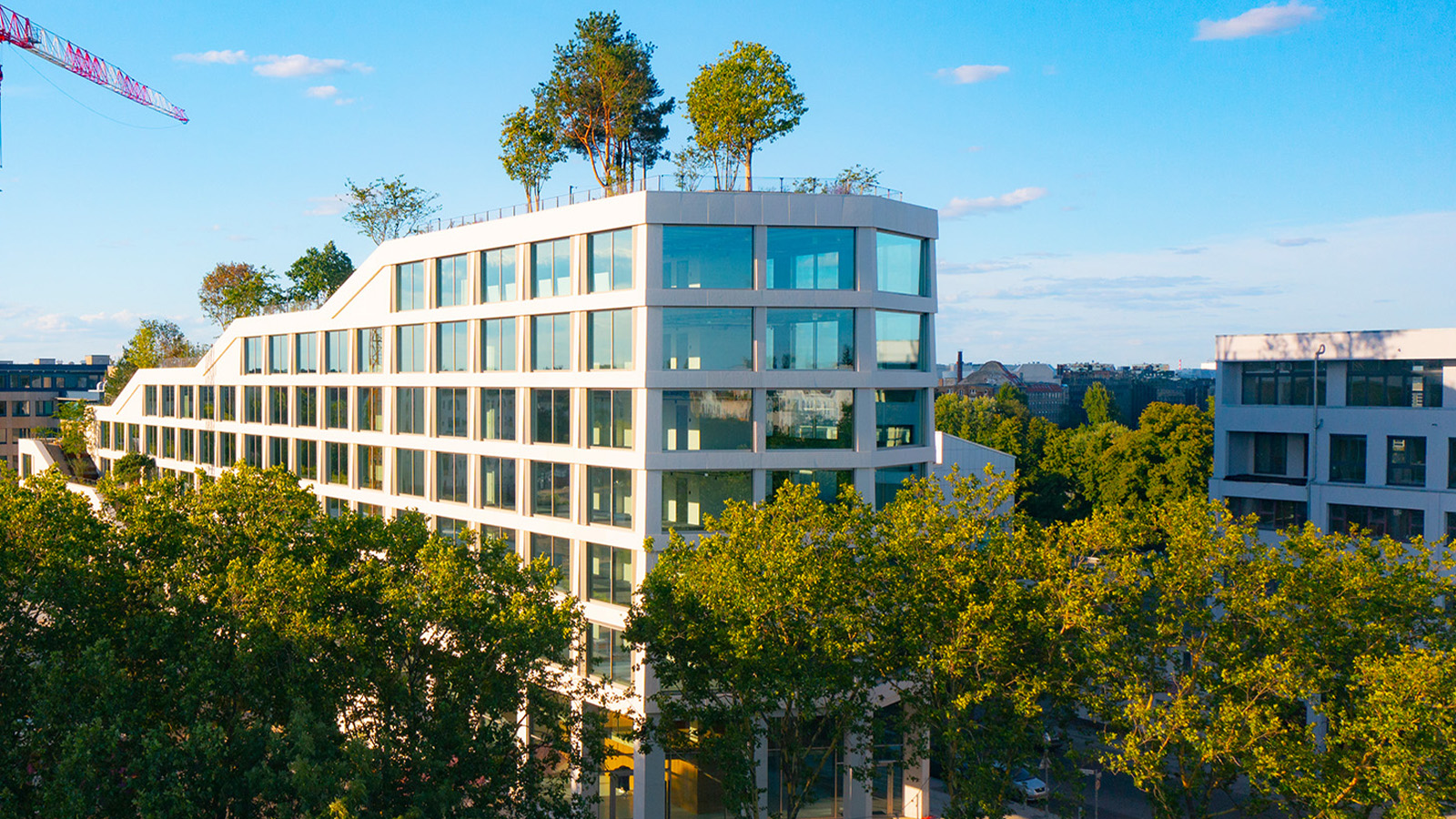 A Berlin park atop an office building offers a new model of urban landscaping
A Berlin park atop an office building offers a new model of urban landscapingA Berlin park and office space by Grüntuch Ernst Architeken and landscape architects capattistaubach offer a symbiotic relationship between urban design and green living materials